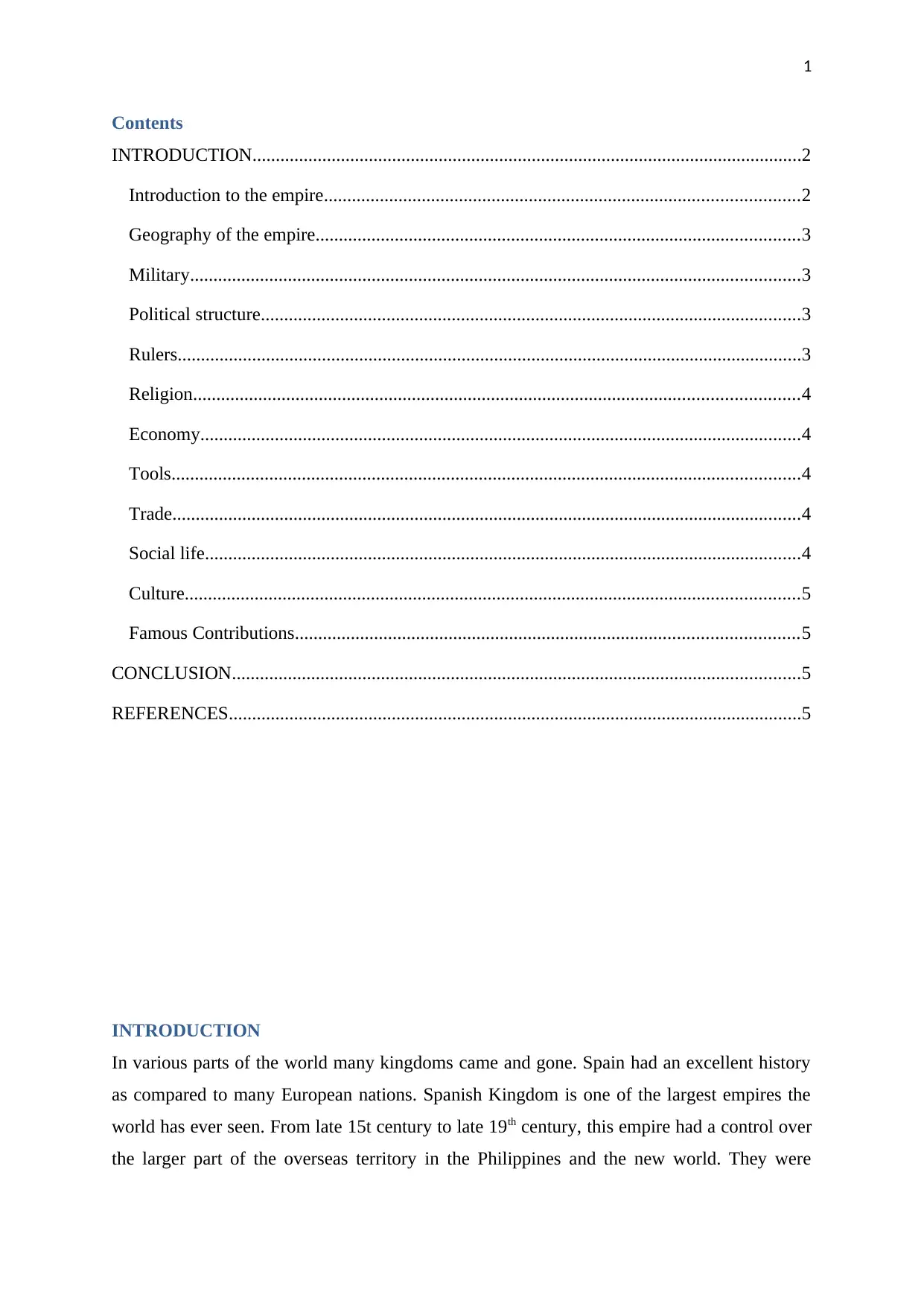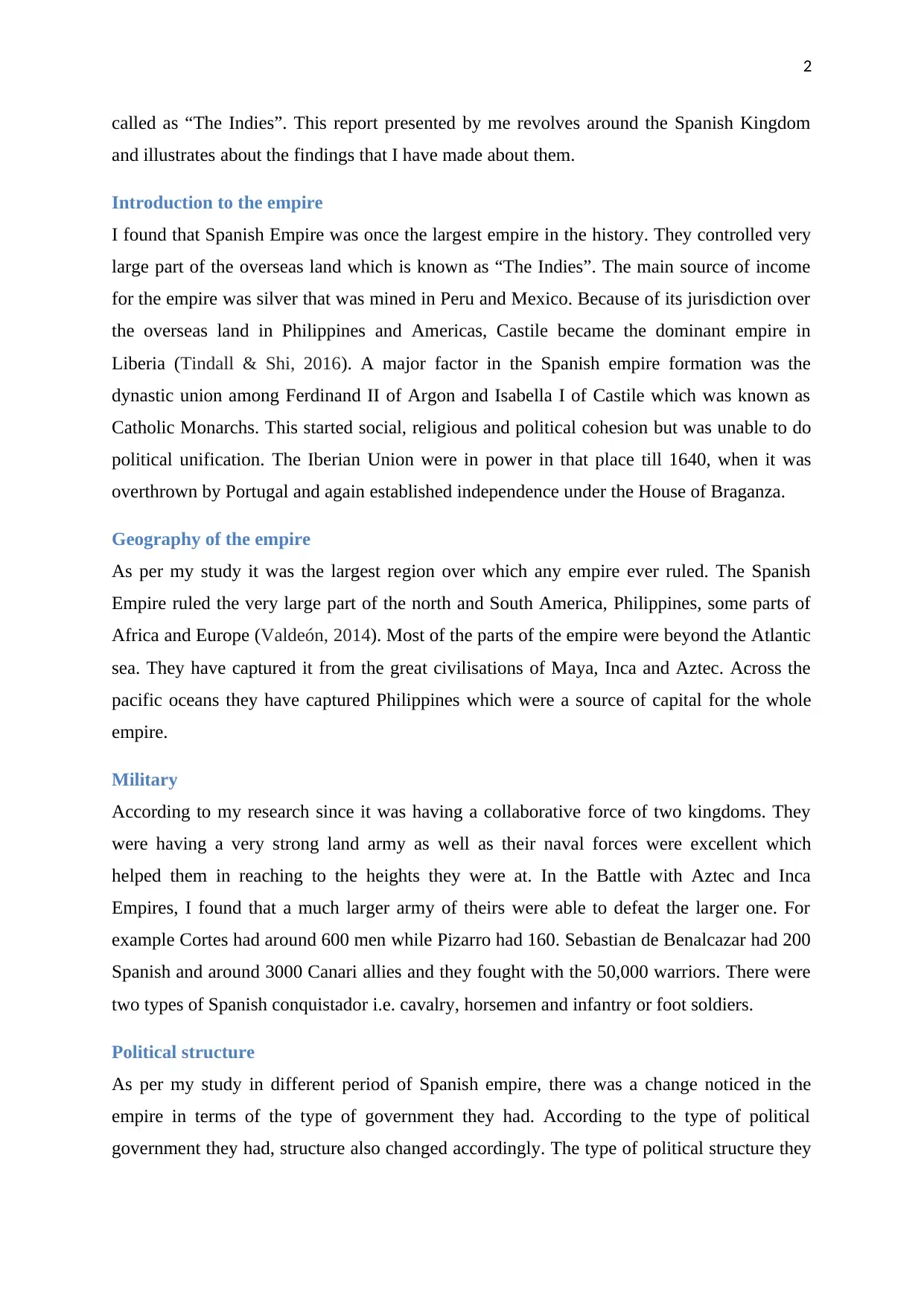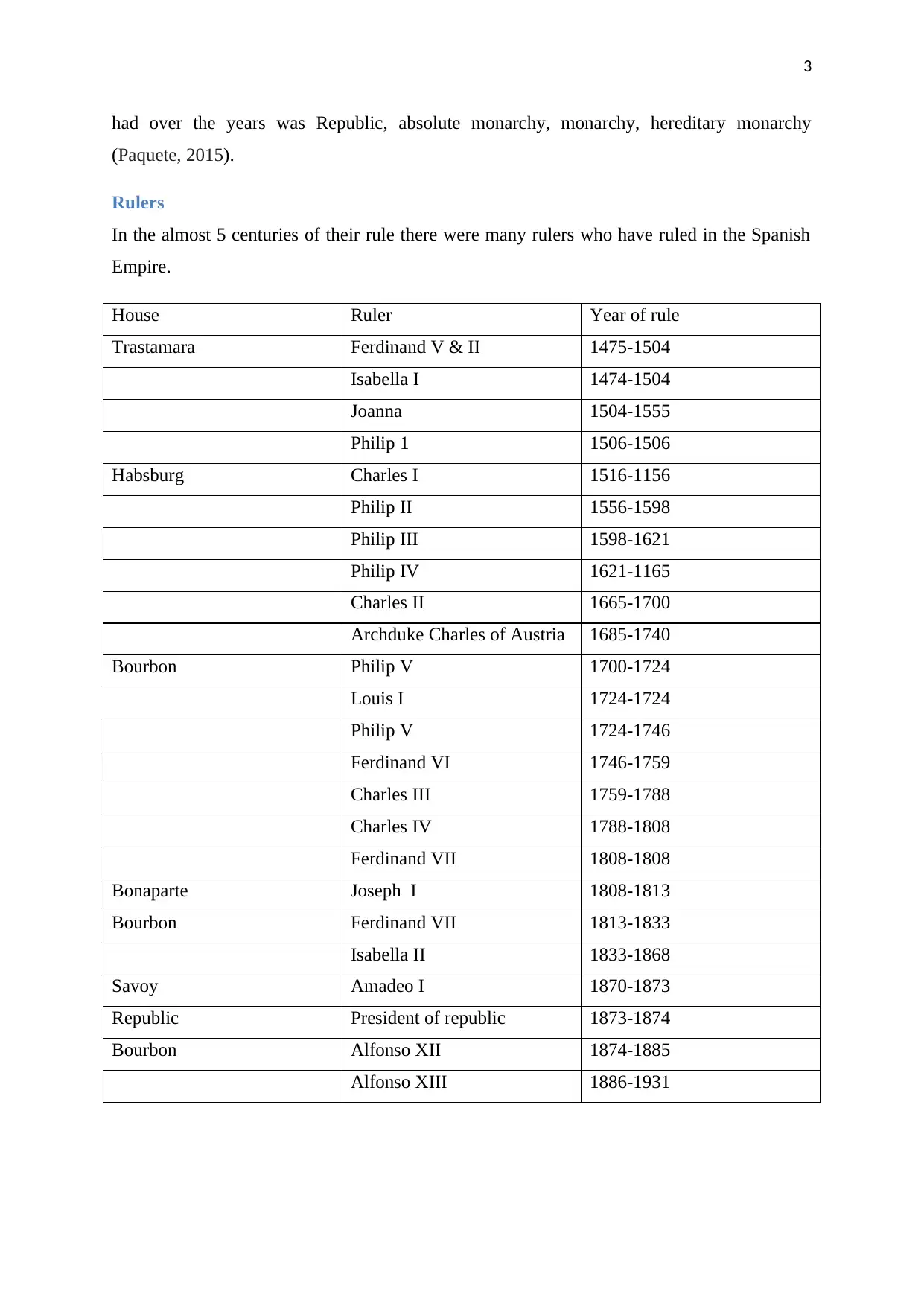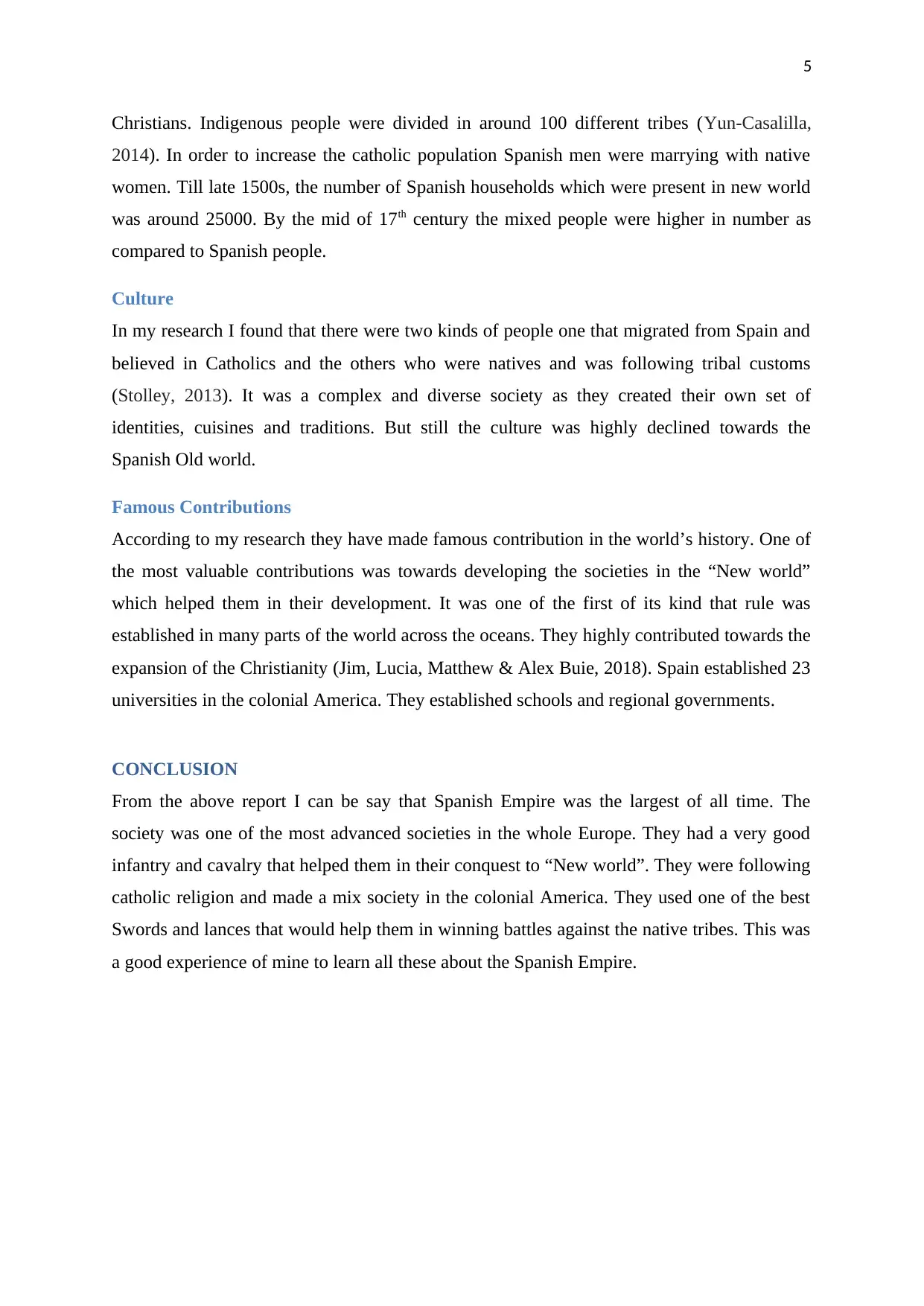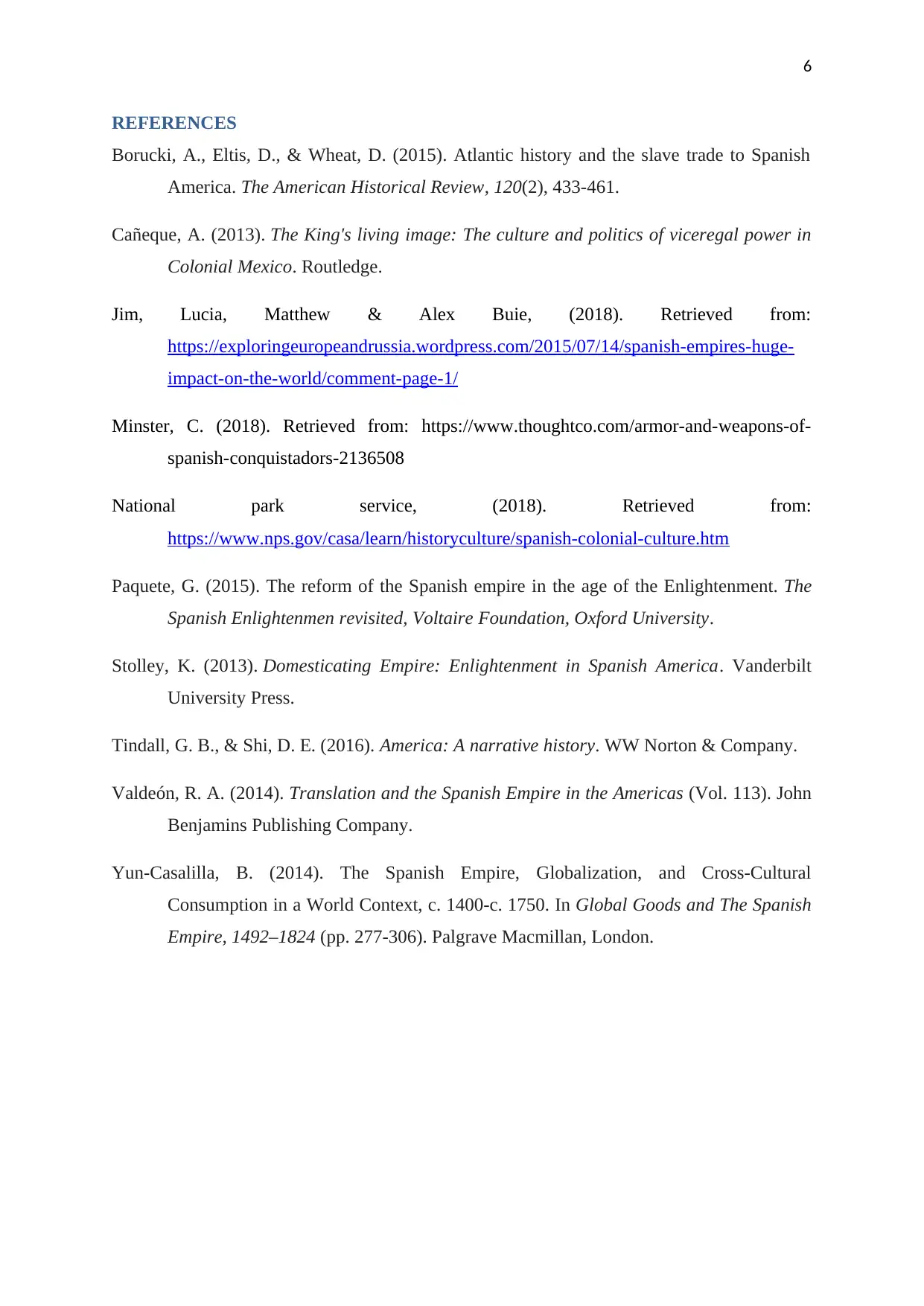The Spanish Empire: History, Geography, Military, Politics, Religion, Economy, Tools, Trade, Social Life, Culture, Contributions
VerifiedAI Summary
This report provides an overview of the Spanish Empire, the largest empire in history. It covers its history, geography, military, politics, religion, economy, tools, trade, social life, culture, and contributions. The empire controlled a large part of the overseas territory in the Philippines and the new world, known as 'The Indies'. The main source of income was silver mined in Peru and Mexico. The empire had a strong land army and excellent naval forces. The religion followed was Catholic Church. The economy was highly benefited after the overseas invasion, and the taxation system was harsh. The culture was highly declined towards the Spanish Old world. The empire made valuable contributions towards developing societies in the 'New world', expansion of Christianity, and established schools and regional governments.
![[object Object]](/_next/static/media/star-bottom.7253800d.svg)
![[object Object]](/_next/static/media/star-bottom.7253800d.svg)

